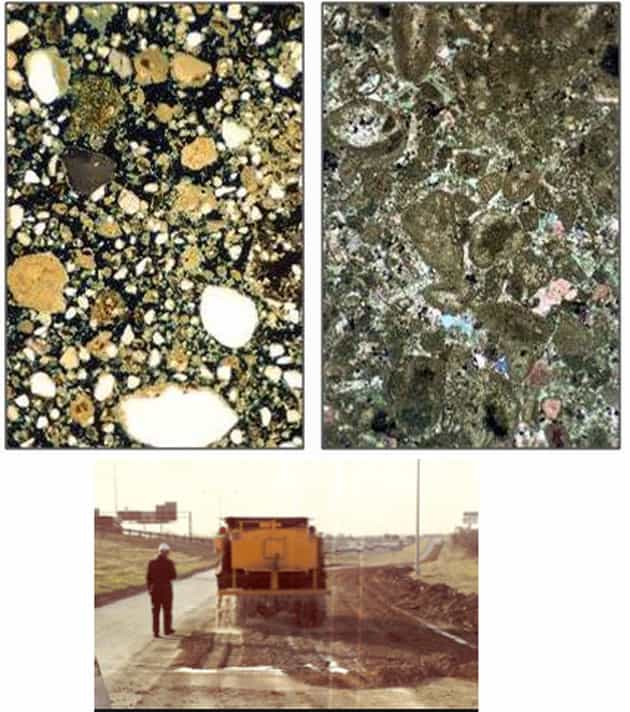What is cement stabilization of soil? Well, this is a kind of treatment that is meted out to soil for the purpose of making it a more stable base in order to construct platforms like highways, roads, etc. This treatment is generally carried out on clayey or subgrade soils as they are very difficult to work with. A cross-section of a road wherein cement stabilization of soil has been carried out would reveal several layers. The topmost layer would be the surface course which is the asphalt that is used for roads. Just beneath the surface course lies the sub-base course which is basically a cement-stabilized soiled base. Beneath this layer is the treated subgrade, which is stabilized or modified soil. This layer is meant to provide extra protection in order to help the sub-base course put up with the weight of the vehicles driving on the surface course. The last and thickest layer would be the untreated subgrade.
Why is cement stabilization of soil required? Well, this kind of treatment process is extremely essential in case of cities because the population is larger and the hence there will be a lot of traffic passing through the roads and highways. Hence such structures should have quantifiable strength and structural stability so that they can offer long term performance. There are some common materials that are generally used in case of cement stabilization. These materials are mainly soil and aggregate materials such as sand, silt, clay, shell, crushed stones, recycled HMA, slag, gravel and recycled concrete or cement.
When the process of cement stabilization of soil is carried out, the soil can achieve high impressive strengths ranging from 300psi to 800 psi. The process is used by road engineers because it offers durability against conditions such as freezing and thawing of roads. Also, it guards the roads against wet/dry conditions. Generally, soil stabilization is carried out for a minimum depth of six inches. Without the process of stabilization of soil prior to the construction of asphalt roads, pavements and highways, a lot of costly corrective methods would have to be executed in order to make it possible for the road to retain its structure. Thus, this kind of process saves money.
With cement stabilization of soil, one can use in-situ materials to in order to lessen the chances of undercut. Moreover, another major benefit offered by this process is that it reduces the use of virgin borrow and aggregates and there is no need to conduct fines pumping process in order to reduce moisture susceptibility. By stabilizing the soil in the first place, one would be able to span weak materials. An interesting fact about soil stabilization is that South Carolina was the first state to use cement-stabilized soil for their roadway project which took place in the year 1935.
Before constructing any major roads or highways, it is important to scientifically control the soil using cement for durability and strength. After all, projects such as construction of roads are no small matter, therefore proper planning and correct steps like cement stabilization of soil should be taken for such projects.















